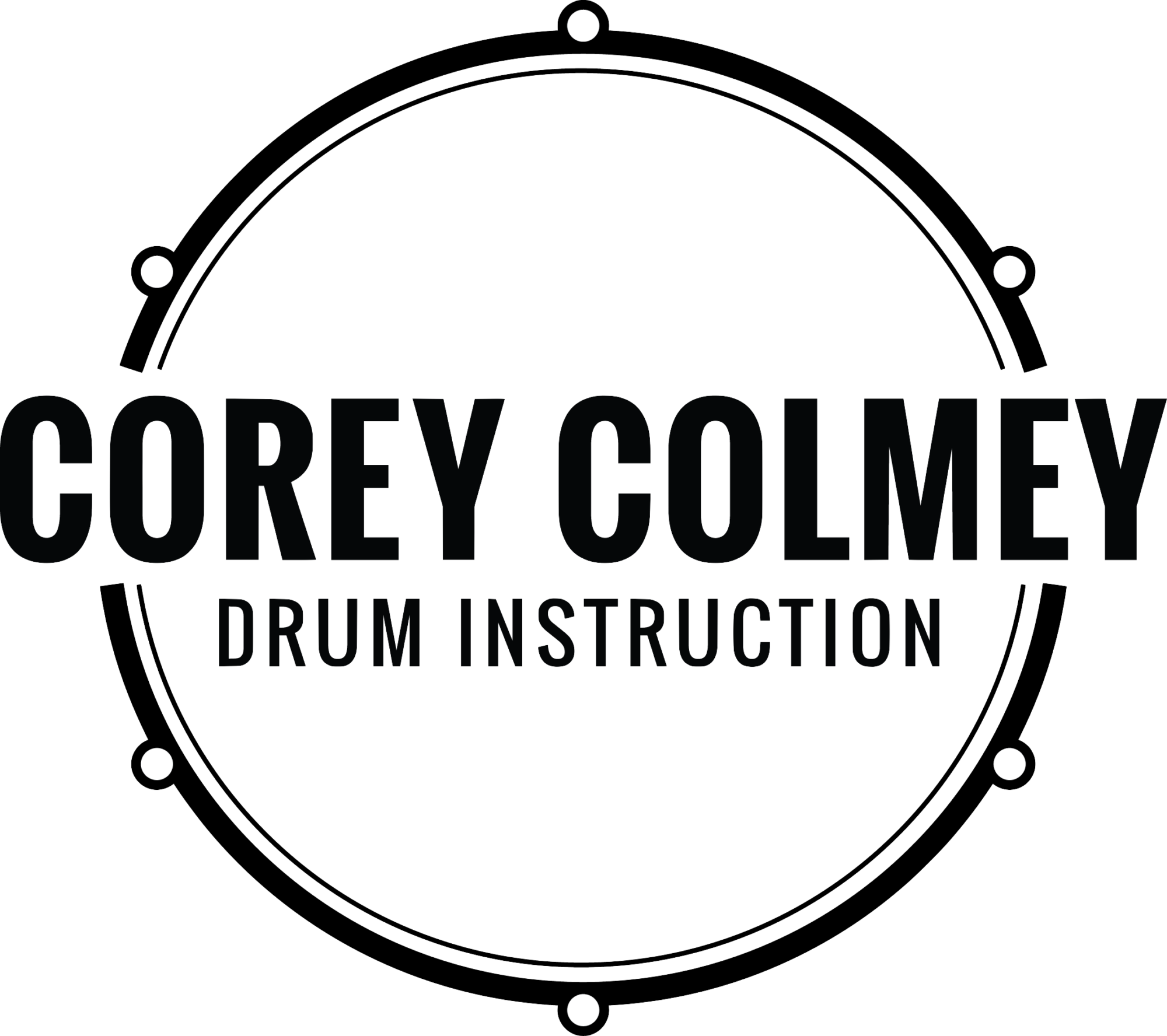BY DANIEL GLASS | FROM THE FALL 2018 ISSUE OF DRUM!
You may know Hal Blaine as the legendary hit-making studio drummer from the Los Angeles recording scene of the 1960s and ’70s, but here are a few facts from Blaine’s career that may be unfamiliar to you.
1. Studied At The Roy Knapp School
After a three-year stint in the US Army, the young Hal Blaine used the GI Bill to study at the Chicago drum school of the legendary teacher Roy Knapp from 1949 to 1952. In a prodigious career lasting many decades, Knapp taught some of drumming’s brightest stars, including Gene Krupa and Louie Bellson. Other graduates of his school included Nashville studio ace Buddy Harman, Chicago blues legend Fred Below, and New York session man Bobby Rosengarden.
2. Started In Strip Clubs
While attending Roy Knapp’s school during the day, Blaine worked as a drummer every night from 8 p.m. until 4 a.m. in the strip clubs of Chicago. This kind of work was very prevalent at the time, and it allowed Blaine the chance to hone his legendary sight-reading skills.
3. Coined The Name ‘Wrecking Crew’
When rock and roll became big business in the late 1950s none of the established L.A. session players, who were all classical musicians, could play it — nor did they want to. So producers began hiring a younger breed of player, one that would arrive at the session in a T-shirt and jeans, often unshaven and smoking cigarettes. The older, stuffier musicians would say, “These kids are going to wreck the business.” So naturally, Blaine dubbed this new group the “Wrecking Crew.”
4. Pioneered the Disco Beat
In the mid-1960s, Blaine began experimenting with a new hi-hat technique. By working his foot to open and close the cymbals in time, he could create a distinct, rhythmic “pshh-shup” sound. Although this sound had been featured in jazz for years, most rock producers hated it, saying it sounded like “white noise.” That all changed in 1966 when Blaine utilized the new hi-hat effect on what would become a monster hit for Johnny Rivers called “The Poor Side Of Town.” Soon every producer in Hollywood wanted that effect, and by the 1970s it would become the foundation of the ubiquitous “disco beat.”
